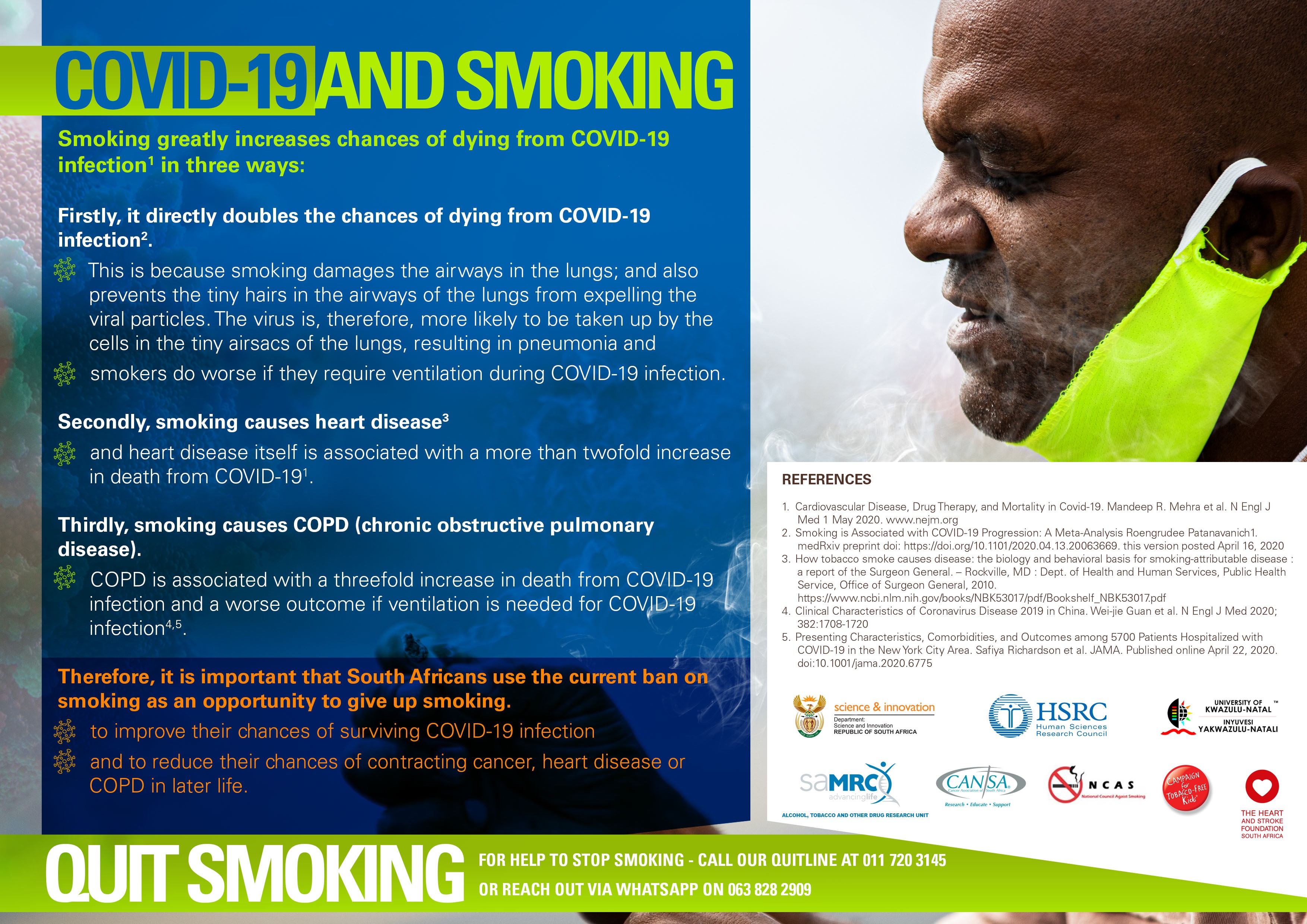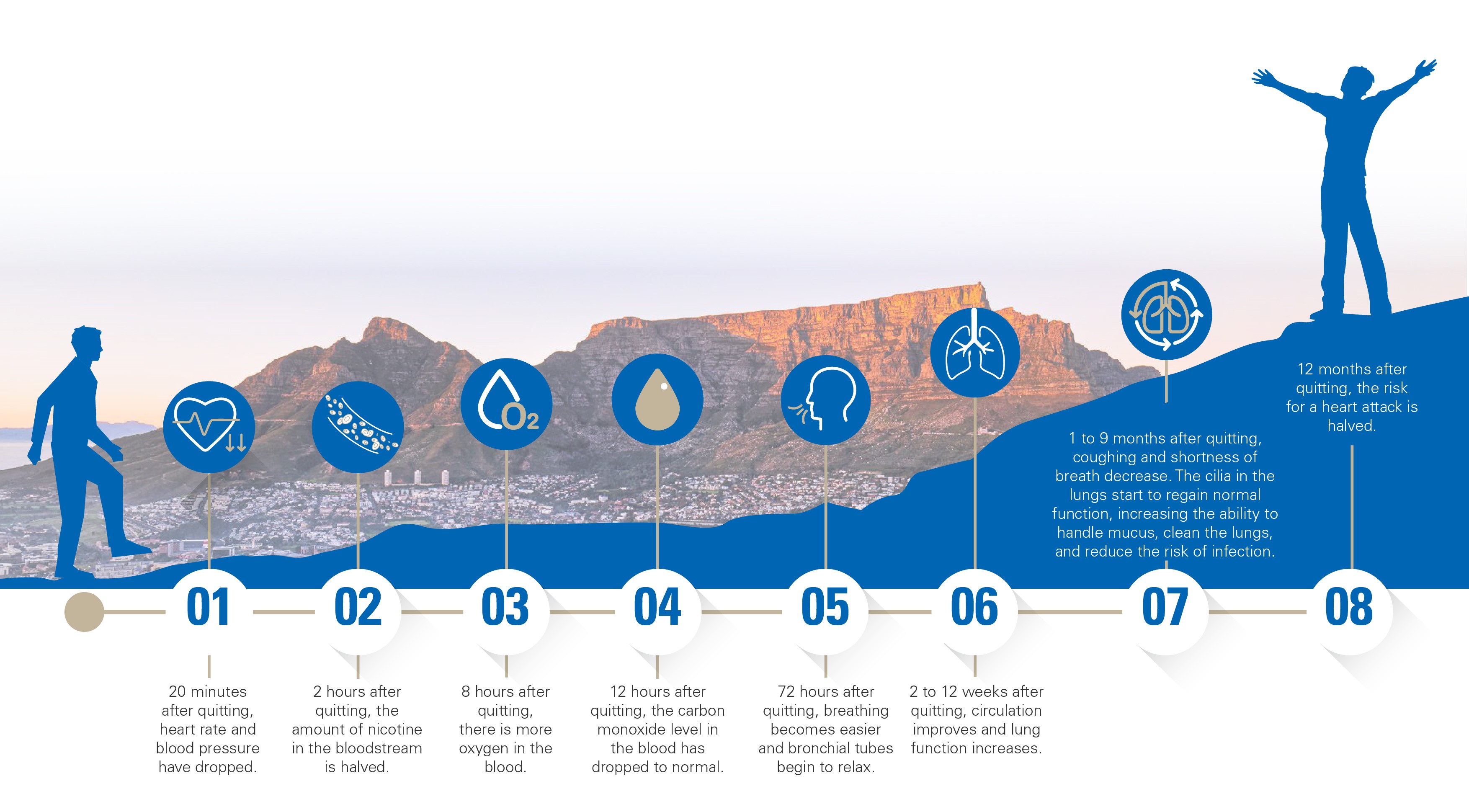

FACT SHEETS IN VARIOUS LANGUAGES
WHAT IS THE FCTC
The WHO Framework Convention on Tobacco Control (WHO FCTC) is the first treaty negotiated under the auspices of the World Health Organisation. Adopted by the World Health Assembly on 21 May 2003, it entered into force on 27 February 2005, becoming one of the most rapidly and widely embraced treaties in United Nations history.
The WHO FCTC is an evidence-based treaty, developed in response to the globalisation of the tobacco epidemic, and reaffirms the right of all people to the highest standard of health. Significantly, it represents a paradigm shift in developing a regulatory strategy to address addictive substances and asserts the importance of demand reduction strategies as well as supply issues.
WHAT DOES THE WHO FCTC CALL FOR?
The core demand reduction provisions in the WHO FCTC are contained in articles 6-14:
• Price and tax measures to reduce the demand for tobacco, and
• Non-price measures to reduce the demand for tobacco, namely:
• Protection from exposure to tobacco smoke;
• Regulation of the contents of tobacco products;
• Regulation of tobacco product disclosures;
• Packaging and labelling of tobacco products;
• Education, communication, training and public awareness;
• Tobacco advertising, promotion and sponsorship; and,
• Demand reduction measures concerning tobacco dependence and cessation.
The core supply reduction provisions in the WHO FCTC are contained in articles 15-17:
• Illicit trade in tobacco products;
• Sales to and by minors; and,
• Provision of support for economically viable alternative activities.
South Africa was one of the first signatories to the FCTC.
Protocol to Eliminate Illicit Trade in Tobacco Products
The Protocol to Eliminate Illicit Trade in Tobacco Products is an international treaty which aims to eliminate all forms of illicit trade in tobacco products, often across borders. It seeks to do this by encouraging countries to co-operate with each other in implementing a package of measures.
The illicit trade in tobacco products often fuels the tobacco epidemic and undermines tobacco control policies since it can increase access to cheaper, poorer quality tobacco products. It also causes substantial losses in government revenues, and at the same time contributes to the funding of international criminal activities.
In aiming to curb the illicit flow of, and exposure to, tobacco products, the WHO FCTC calls on all countries to implement public health policies and importantly, to protect these policies from commercial and other vested interests of the tobacco industry in accordance with national law,” (WHO FCTC, Article 5).
Source: https://www.who.int/fctc/text_download/en/
South Africa and the FCTC
South African anti-tobacco legislation was already in place when the international community adopted the FCTC.
The South African government passed the Tobacco Products Control Act in 1993 which was significantly strengthened by the democratic government after 1994.
Beginning in 1994, a comprehensive set of measures to mitigate the impact of tobacco use on human health were enacted.
This included interventions at the ecological level; such as legislation banning the advertising of tobacco products, classifying nicotine as an addictive drug, restricting smoking in public places and increasing excise duties on cigarettes. In addition, there were interventions aimed at individuals encompassing school health education (e.g. changes in the national school curriculum declaring nicotine a drug of addiction) aimed at improving health literacy.
South Africa also conducted the Global Youth Tobacco Surveys (GYTSs) in 1999, 2002, 2008, and 2011 which shows the impact of tobacco control policies on youth smoking over a 12-year period.
Data for the same period based on market surveys, such as the All Media and Products Survey showed sustained reductions in South African cigarette consumption amongst adults. Per capita consumption decreased by 54% from 1999 to 2011. This sharp fall in per capita cigarette consumption followed a modest decrease in cigarette consumption throughout the 1980s. After increasing by 140% between 1970 and its peak in 1991, aggregate cigarette consumption decreased by 39% between 1991 and 2004.
Source: https://www.who.int/fctc/text_download/en/
Source
A decade of tobacco control: The South African case of politics, health policy, health promotion and behaviour change (2013)
P Reddy,1 PhD; S James,2 PhD; R Sewpaul,1 MSc; D Yach,3 MB ChB, MPH; K Resnicow,4 PhD; S Sifunda,5 PhD; Z Mthembu,6 MSc (Nursing); A Mbewu,7 MD
South Africa and tobacco legislation post the FCTC
After ratifying the World Health Organization’s Framework Convention on Tobacco Control (WHO FCTC) treaty in 2005, the SA government continues to pass amendments to the 1993 Act, in order to comply with the international deadlines for specific regulations.
Importantly, tobacco control policy in South Africa was one of the strongest in the African continent way before the WHO Framework Convention on Tobacco Control (FCTC) entered into force in 2005.
South Africa has a ban on tobacco advertisements and smoking in public places through the Tobacco Products Control Act 83 of 1993. This was amended in 2008, and amongst others, increased the age of sale from 16 to 18 years old and banned tobacco sales at health and educational establishments. Smokeless tobacco and heat-not-burn products are regulated as tobacco products, but e-cigarettes are not specifically prohibited by legislation and are subject to medical regulations. However, in practice, this is not strongly regulated, and vaping products are widely available.
FACT SHEET
South Africa and the WHO Framework Convention on Tobacco Control (FCTC)


